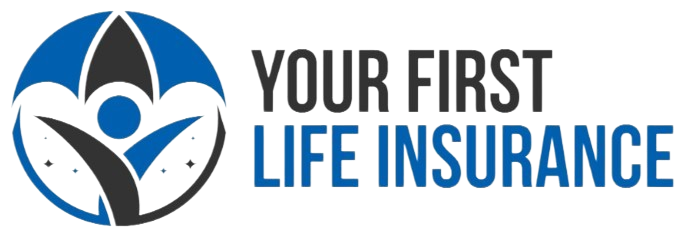It can be difficult to understand the maze of home insurance coverage. Your direction through the difficulties is this guide, which explains the sometimes-muddled aspects of house insurance. Our aim is clarity, from identifying policy kinds to understanding deductibles and exclusions.
We cut through the clutter and offer helpful advice so that homeowners are well-informed. Regardless of your experience level as a homeowner, this article will empower you to make well-informed choices regarding protecting your most precious possessions.
Key Elements of Home Insurance Policies
Types of Coverage
Dwelling coverage (for the physical structure of your home), personal property coverage (for items inside your home), liability coverage (for injuries or property damage you are responsible for), and additional living expenses coverage (for temporary living expenses if your home becomes uninhabitable) are the four main types of coverage that are typically included in home insurance policies.
By being well-informed about these coverage options, you can ensure that you are prepared and knowledgeable about what areas of your life and house are covered.
Deductibles
The amount you have to pay out-of-pocket before your insurance coverage begins is known as your deductible. Although a greater deductible might reduce your premium, it may also increase what you would have to pay in the case of a claim. On the other hand, in the case of a claim, a more minor deductible results in higher premiums but a less immediate financial strain.
Exclusions
Exclusions list particular occurrences or situations that are not covered by your homeowner’s insurance policy. Events like earthquakes, floods, and general wear and tear are frequently excluded. It’s critical to carefully review these exclusions to comprehend the extent of your coverage. To fill in any gaps, you may want to consider acquiring additional policies or endorsements.
How to Choose the Right Level of Protection
It’s essential to carefully consider your house’s worth, possessions, and potential liabilities when selecting the right amount of protection. To guarantee sufficient coverage for your residence and personal belongings, start by estimating the cost of replacement for your house and belongings.
When deciding on liability coverage, take your financial status, location, and local hazards into account. Affordability and coverage levels must be balanced.
To ensure continuous, appropriate protection, evaluate and change your insurance regularly to account for changes in your house and circumstances.
Tips to Making the Most of Your Policy
Review and Update Often
Make sure your house insurance coverage takes into account any modifications, additions, or changes in the value of your property. Maintaining the most recent version of your insurance guarantees that you have enough coverage and prevents any gaps in protection.
Bundle Policies
Take into account purchasing additional insurance from the same company, such as an umbrella or vehicle, in addition to your house insurance. Bundling frequently results in discounts that save costs and streamline your insurance administration.
Record Your Items
If feasible, make a thorough inventory of everything you own, including pictures and receipts. This paperwork expedites the claims procedure and guarantees that you get fairly compensated for any missing or damaged goods.
The Takeaway!
Accept assurance in your understanding of the insurance policy and protect your house with precision and clarity.
Contact us today to get a quote in less than 15 minutes.

